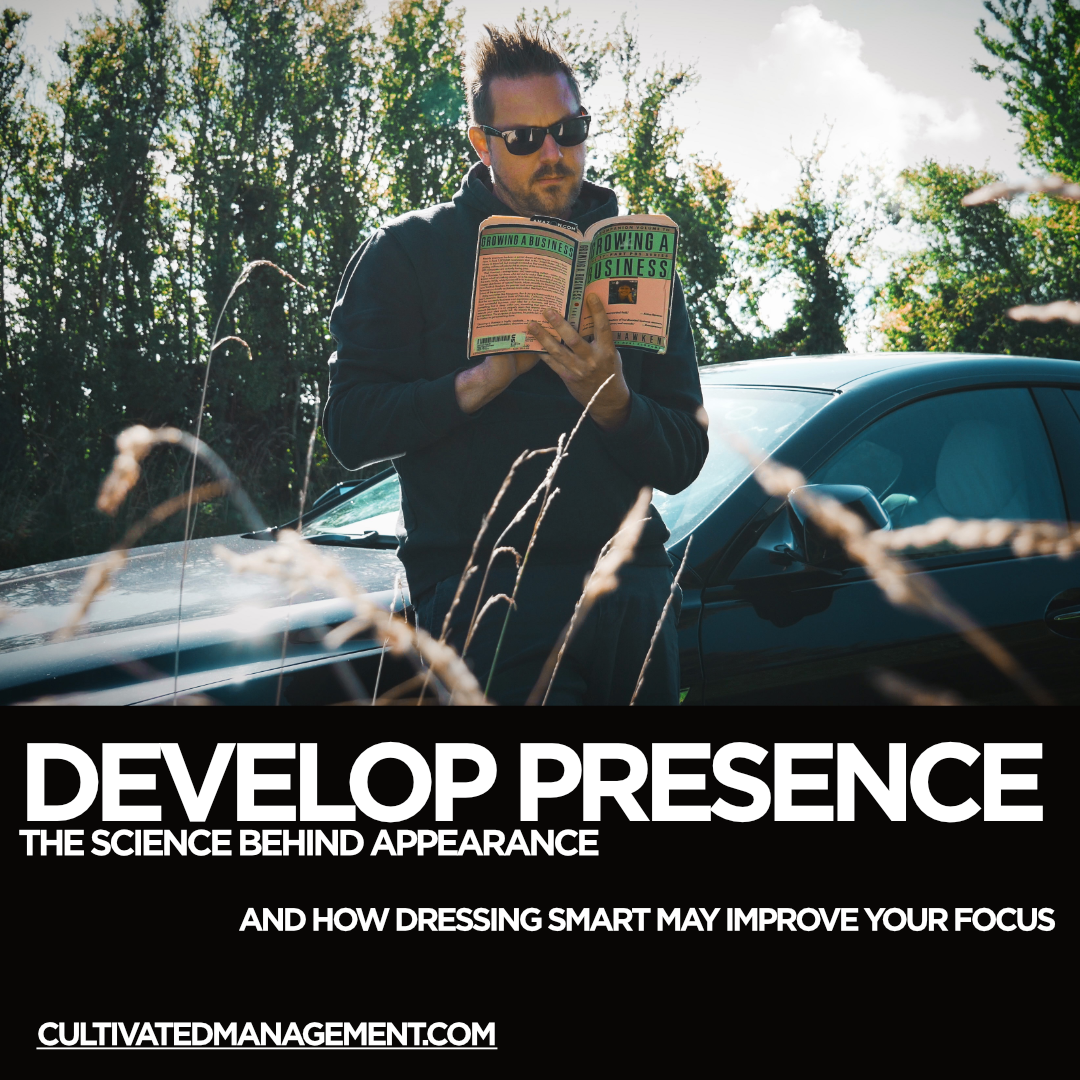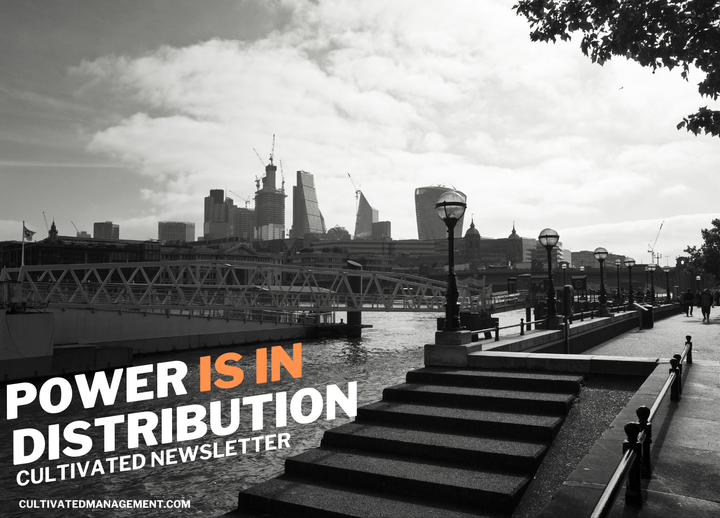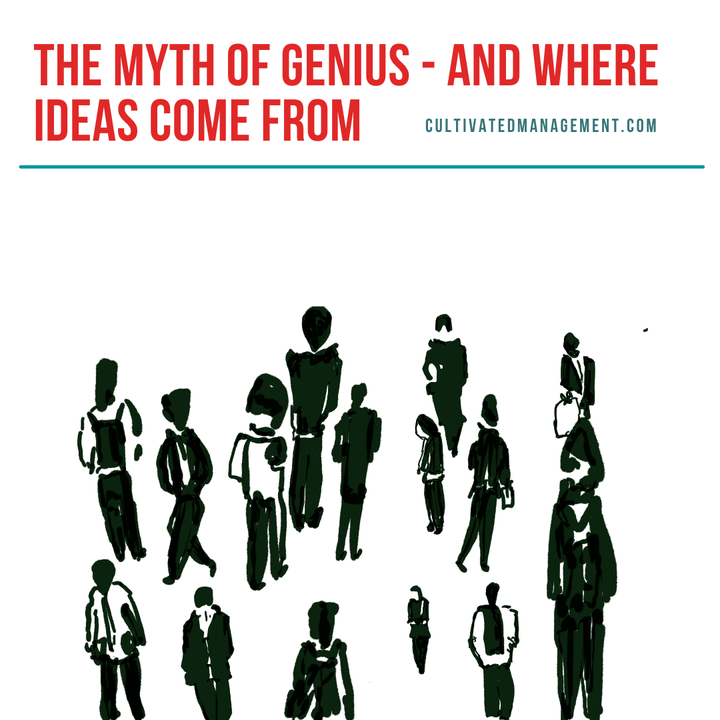Develop Presence - some surprising science about the power of appearance

Here are some ideas about how to develop presence through appearance. What follows is in my Super Power Communication Workshop – now available online
How can I develop my presence?
Working with a client recently, I got asked by a leader how we could improve his personal presence.
As part of this manager’s New Year’s resolution, he wanted to develop his self-confidence and influence when in-person with other people. He wanted to develop his presence. He felt he lacked presence: people didn’t always acknowledge him; he lost his audience when he spoke; and he generally want to influence his peers more (in a good way).
He wanted to appear confident and assertive, even if he was crumbling inside. He wanted to know how to maintain his composure under pressure. He wanted to build presence.
Non-verbal communicates our emotions
I often say that 99% of problems in business are communication related, and I’m likely not far from the truth. It’s why I focus so intently on communication behaviours when working with leaders and managers.
The words we choose, our clothes, our posture and our body language communicate our “emotions” and “feelings”.
The trick is aligning our words with our non-verbal clues – to ensure they are congruent and directed towards achieving our purpose when we communicate.
So, I pointed him at my the course of course, but I thought I’d share some of the more impactful, and sometimes surprising, science behind appearance.
Presence can be learned. Trust me. And it starts with first impressions.
I had zero presence a few years ago but last year someone told me “When you walk into a room, everyone pays attention. People listen to you”.
This was all learned through practice – and a few other ideas I share here (and of course, it’s all supported by the other elements in the communication Superpower workshop!).
When we say nothing at all, we are still communicating.
Appearance is an obvious place to start if we want to develop “presence” – working on those first impressions. As much as we like to think we don’t judge other people, the sad truth is, we do. We make first impressions of people all the time. So, an effective way to start developing presence, is “owning” those first impressions.
Here’s an edited version of the “Appearance” module from the course.
Appearances Matter
We’re not all blessed with great looks and good height, but we can all make ourselves stand out for the right reasons.
Research (Wong and Penner, 2016) shows that “attractive” individuals earn around 20% more than less attractive people.
But don’t fear if you weren’t blessed with classically attractive good looks. The research also shows that this earnings gap closes when people “groom” themselves to improve their appearance. The key take-away is that spending time making yourself look and feel good can literally pay dividends.
However, this research shows that “very unattractive” people can often earn more than very attractive people (Kanazawa and Still, 2017).
The outcome seems not necessarily related to attractiveness per se.
It seems to be that attractive people tend to be healthier, more intelligent and have a more balanced personality (are we really that distorted as a society?!).
The thing to take-away is this, when we feel good about ourselves emotionally and physically, our ability to influence, perform and communicate becomes better. I cover this aspect a lot in the in-person communication workshop: when we feel good we communicate better.
My advice is to make an effort to look and feel your best.
I know for sure that when I dress well, take care of myself and tend to my fitness routine, I feel better about myself. And that confidence translates into better communication.
Certain Clothers help you perform better
It also seems that the clothes we wear, and the reason we are wearing those clothes, affects how attentive we are to a task. This research (Adam and Galinsky, 2012) showed that people who wore a doctor’s lab coat when performing a task, performed better than people who didn’t wear the lab coat.
Interestingly, when people wore the coat without the connotation to it being a doctor’s coat, their attention did not increase.
This seems to suggest that when we wear clothes for a particular symbolic reason, we are more attentive to the task.
I see this myself. It’s why I ALWAYS wear my blazer for presentations. I feel confident in the blazer and I have a symbolic reason to wear it. In general, my talks are better when I wear the jacket – at least that’s what I tell myself.
The key takeaway is to associate certain clothing with tasks or activities – and it may help you to be more attentive to the task at hand.
Posh clothes matter
Wearing clothes (psycnet.apa.org, n.d.) associated with “upper class” (a suit) versus “lower class” (sweatpants), showed that people who wore the smarter clothes had an increase in dominance and testosterone. Interestingly, it also increased the vigilance of the person they were communicating with. Essentially the receiver (person communicating with) felt reduced social power and their flight or fight nervous system was activated.
What!?
It seems that wearing “upper class” clothes makes other people feel less powerful and gets their body all agitated.
Use that nugget as you see fit – for good not evil. But it’s exactly why the “power suit” works.
Formal clothing matters
And if you’ve not had enough of the research yet, then this last bit of research (Slepian et al., 2015) shows that we essentially perform better at work, interpret events that happen more thoughtfully and potentially have more mental bandwidth, when we wear more formal clothing.
So, we can basically perform better by dressing more smartly.
Our clothes say a lot about who we are and what we stand for. But they can also affect our performance and mental clarity.
Can’t I just be comfortable?
Many people just want to be themselves and wear what they feel comfortable in. Go for it. I slop around my new studio in sweatpants and swearshirt. Except when I’m working and on remote calls – then I put a shirt on (with sweatpants…..).
Wear what you wish, who am I to say what you should wear. BUT, the science suggests (and my own studying of behaviours suggests the same) that other people may be treating us differently based on their own perceptions of how we look.
And also consider that we could potentially perform better by choosing symbolic clothing, or simply dressing more formally.
Interesting stuff indeed.
Dress a level above
I advise to always dress a level above the audience and context you find yourself in. You may not always know what this is, but a little studying should give you an idea.
For example, you don’t want to turn up to a “casual shorts and t-shirt” kind of audience in a full-on power suit.
Equally, you don’t want to turn up to a meeting with people in suits wearing your casual jeans and Guns ‘n’ Roses T-shirt. Unless of course you are the owner of Facebook. But be aware, people, sub-consciously, will be telling stories to themselves about you. No matter how much we wish to be non-judgemental, the science suggests we can’t get rid of it entirely.
Of course, you may be making a statement about who you are, but other people, sadly, will judge. And appearance is one of the first judgements they make.
Making an effort on our appearance affects other people.
The fact that we can make someone else “feel” inferior to us, simply by wearing a power outfit, is nuts. Use that for good, not evil. But more importantly, by associating certain “outfits” to a task can help us perform that task better. And also, when we dress more “formally” we perform better, take events outside of our control in our step and focus more.
I hate the fact that science tells us we have these base level judgments.
I would love to live in a world where our appearance didn’t matter, but it’s simply not the case. If we want to “move” other people, influence them and hack ourselves, then it pays to focus on our own appearance.
Willis and Todorov found that we get 1/10th of a second to make a first impression. And the impression we make is re-enforced by the other person, regardless of what we do or say (at least for a while). So, if we make a poor first impression, we may never get a chance to show the real us.
From my own experience, when I started dressing more smartly, I saw huge “presence” gains. I’m not a naturally stylish person, so it was hard. I don’t like wearing formal clothes. But here’s the thing, I became more confident. I felt good. I felt better. I could focus more. And my communication improved. I started to develop presence. I could get people’s “attention” in meetings without saying a word.
Presence is more than just appearance, but appearance, as we’ve seen in the science, is how people make a first impression.
Don’t do this for anyone else. Do it for yourself. Hack yourself as you see fit, to achieve the goals you want.
But remember, first impressions do matter, and a side effect of feeling good about yourself, is you’ll be more confident, and make a great first impression too. And maybe even more productive.



